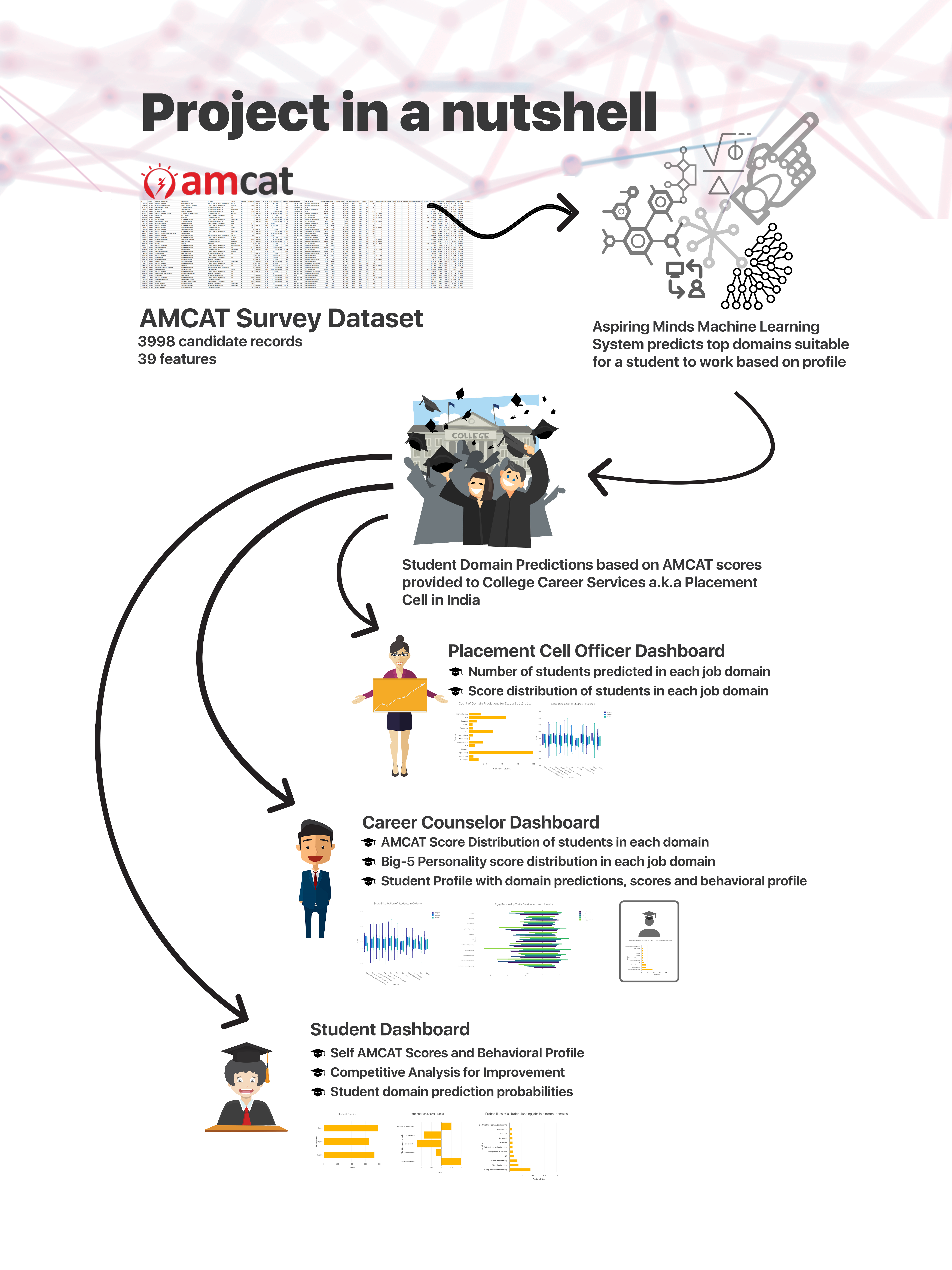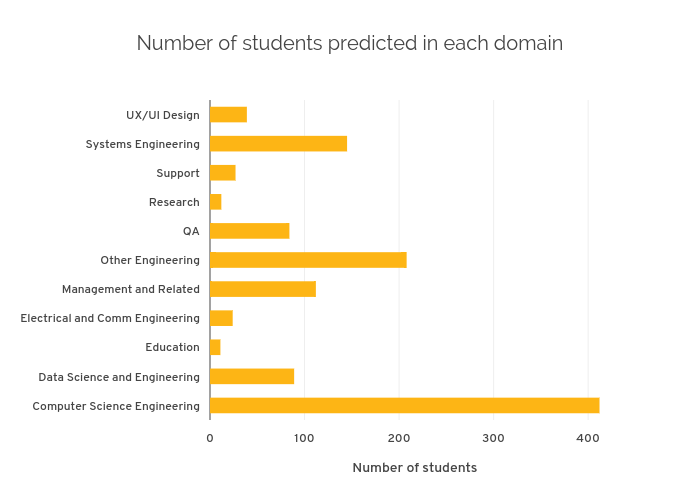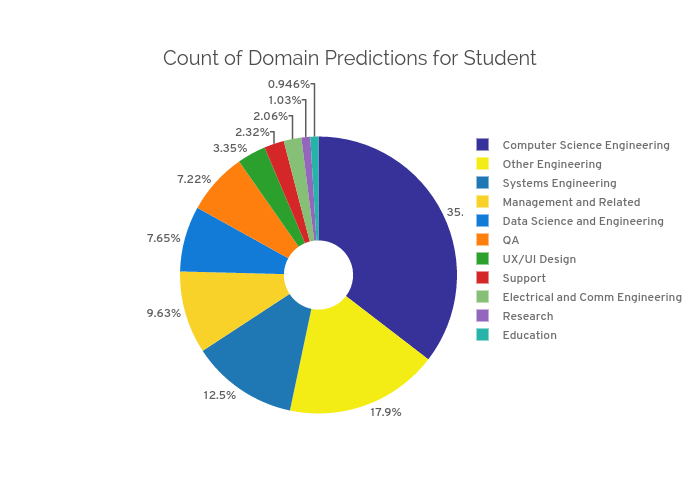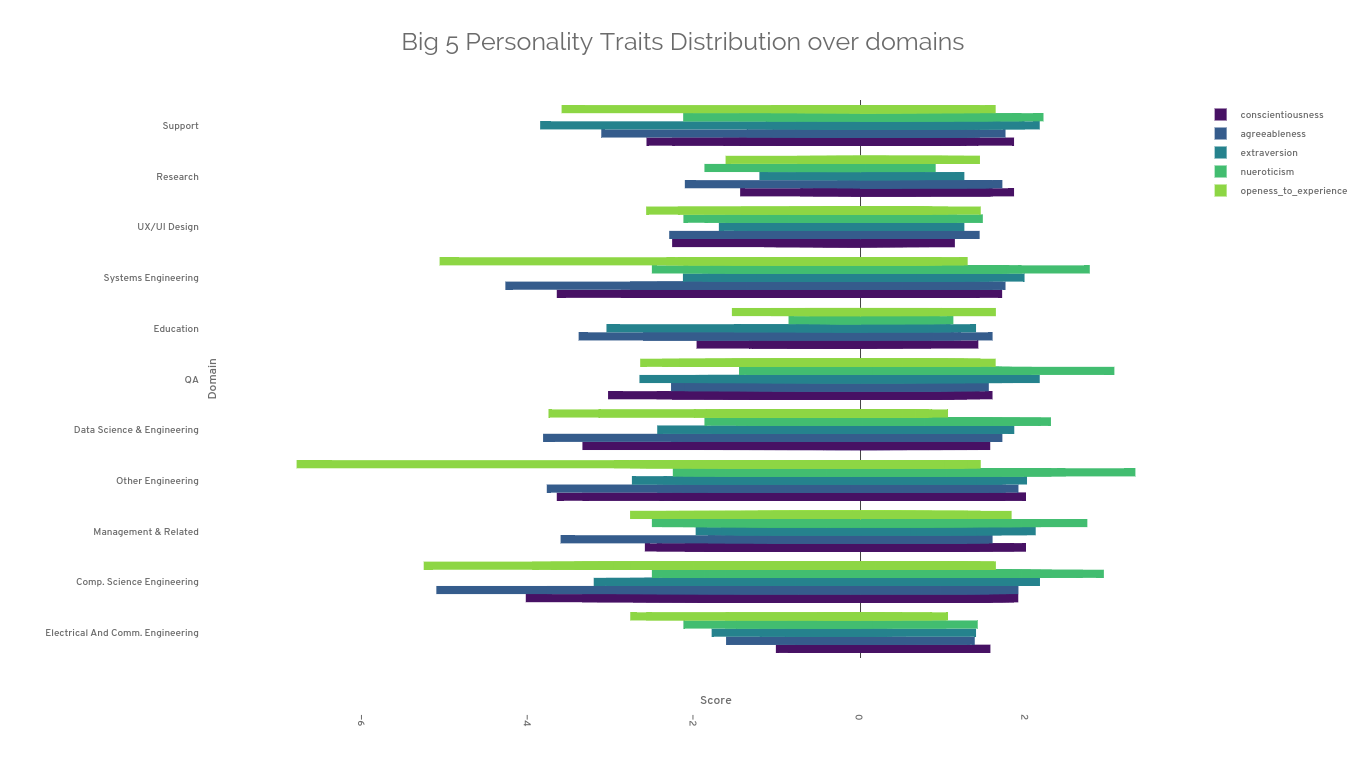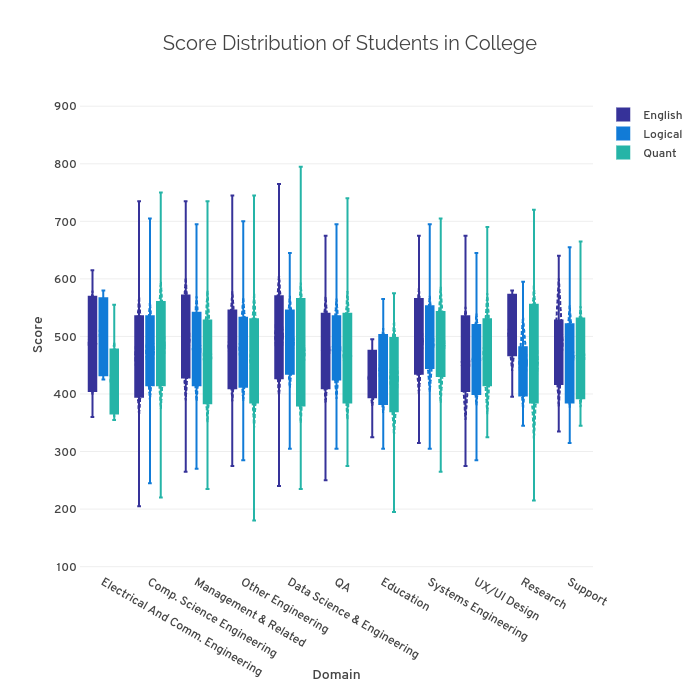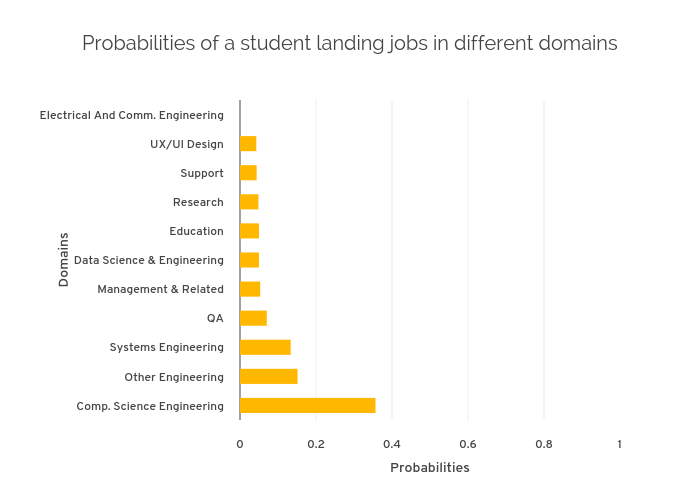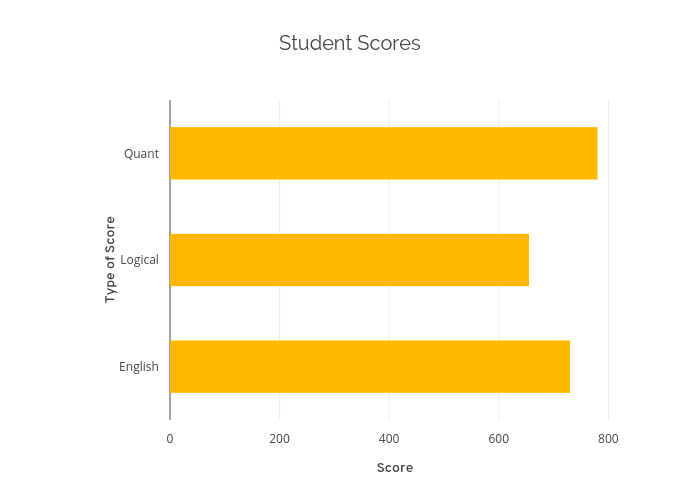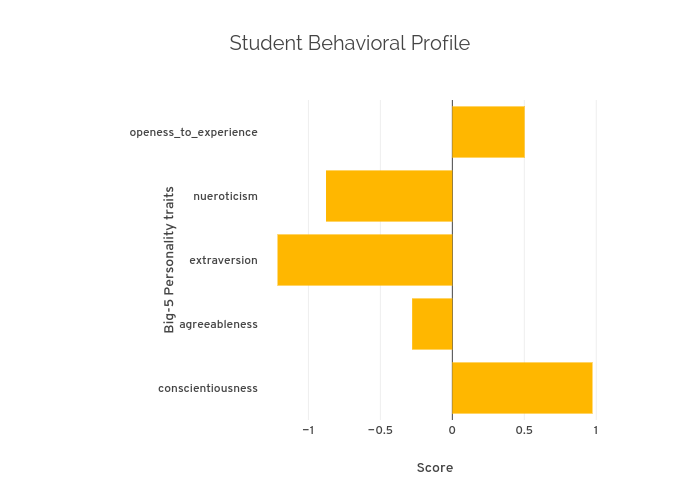Helping University Career Services Target the Right Mix of Companies
Aspiring Minds
Helping University Career Services target the right mix of companies.
Summary
A staggering 10 million students were enrolled in engineering programs across India in 2016. With no concept of career fairs in Indian engineering colleges, campus recruitment drives (known as placements) are an integral part of the Indian education system. A separate department, commonly referred to as the Placement Cell, is responsible for inviting companies every year during what is called the ‘Placement Season’ to hire students who are about to graduate. However, Placement Cells, in general, fail to respond to the ever-changing diversity in student profiles and career interests, and stick to a static list of companies for the Placement Season every year. With this project, we created a machine learning model that would help the Placement Cell to be better prepared for an upcoming Placement Season. By using student academic scores, graduation and job information, we populate the list of job domains and probable student distribution that the Placement Cell could use and target companies in order to cater to the requirements of the current student profiles. Additionally, we use existing salary information to predict salary ranges for a given student profile; information that the Placement Cell can use to negotiate salary packages with the invited companies and job profiles. We believe our model can help Placement Cells target the right mix of companies thus enabling students to find better jobs.
What is the problem really?
We spoke to placement cell officers and students in our Undergraduate institutions (AIT and DAIICT). The problem is multifold when seen from the perspective of the different people involved in this:
Placement Officer perspective
Calling the same companies for the same roles every year seems like a bad idea. Also with time, new companies come up and old companies delve into new domains, so it is critical to map the student skills, interests and capabilities with job domains each year.
Career Counselor Perspective
We found that career counselors find it very difficult to suggest job choices just by talking to students. This is because not all students speak up equally about their career interests or are clueless about what they might be good at. Some colleges conduct tests to assess their students but they do not take into account historical job information from other colleges, and figure out the possible job options a student might have.
Student Perspective
We found both from personal experience and talking to students that lack of information about various job prospects an engineering student might have, really limits the kind of placement interviews a student might sit for. For example an electronics and telecommunication engineering student we spoke to had no idea about entry level technology management jobs in the market. When we described the role to him, he felt he could do the job because of a similar experience in his undergraduate institution.
Proposed Solution
Placement Cell Officer Dashboard
Career Counselor Dashboard
Student Dashboard
That's great, but what next?
We faced great difficulty in the cleaning of data, so if we were to work on this project in the future, we would like to work on effective data collection strategies so that we can have a model that can scale across other tests as well.
Beyond Engineering colleges, other fields also have pretty standardized tests and we could definitely expand to Sciences since even that field has equally confused students.
If you wish this article should have more technical depth, our Project Report is way more geeky!











